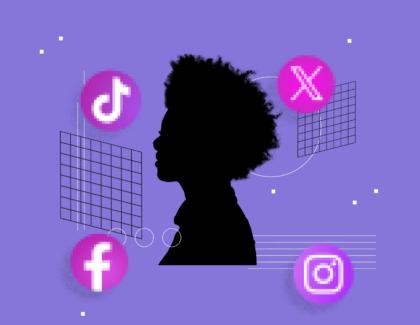Sign up for the daily CJR newsletter.
Commercial jingles do it. Journalists do it. Even websites do it.
They tell you to dial “1” before the area code in a phone number.
But that practice is quickly going the way of calling the operator and asking for someone by name.
First assigned in the late 19th century, early telephone numbers were often four or five digits, depending on whether the phone was in a rural area or a city. (If you wanted to call long distance, you had to arrange that with an operator.) After World War II, with the explosion of the middle class and increased telephone use, we gradually moved toward seven-digit numbers. They began with two- or three-letter codes for the central exchange to which the phone was connected. Remember Pennsylvania 6-5000? It still belongs to the Pennsylvania Hotel in Manhattan, but now it’s more commonly rendered as 736-5000. The area code was also introduced after wwii.
The move to all-number dialing began in the late 1950s, and it sped up after the advent of commercial touch-tone phones in the 1960s. It used to be possible to call someone within your own area code without having to add that area code; later, in many places, you had to add the area code. At some point it became required in many areas to dial the “1” before the 10 digits, even if you were calling just across the street.
“1,” of course, is the country code for the United States. Requiring it also gave rise to many memorable phone numbers, like “1-800-STEEMER” to have your carpet cleaned, or “1-800-BADDRUG” to sue for malpractice. Lawyers in particular have latched on to catchy “namebers.” (Yes, we made up that term.)
Two problems arise when writing those “namebers” in articles. The first is that, on many phones, the letters are pretty small or nonexistent, meaning the caller has no idea what numbers to press. Perhaps more important, most cellphone carriers do not require the “1,” and some carriers even reject a call that begins with “1.”
So it’s better for readers to just use plain old numbers, and omit the “1.” If someone needs it, the phone company will say so.
Now, does anyone know why numbers on a telephone have the “1” on the upper left, while computer number pads and calculators have the “7” in that position?
Has America ever needed a media defender more than now? Help us by joining CJR today.






